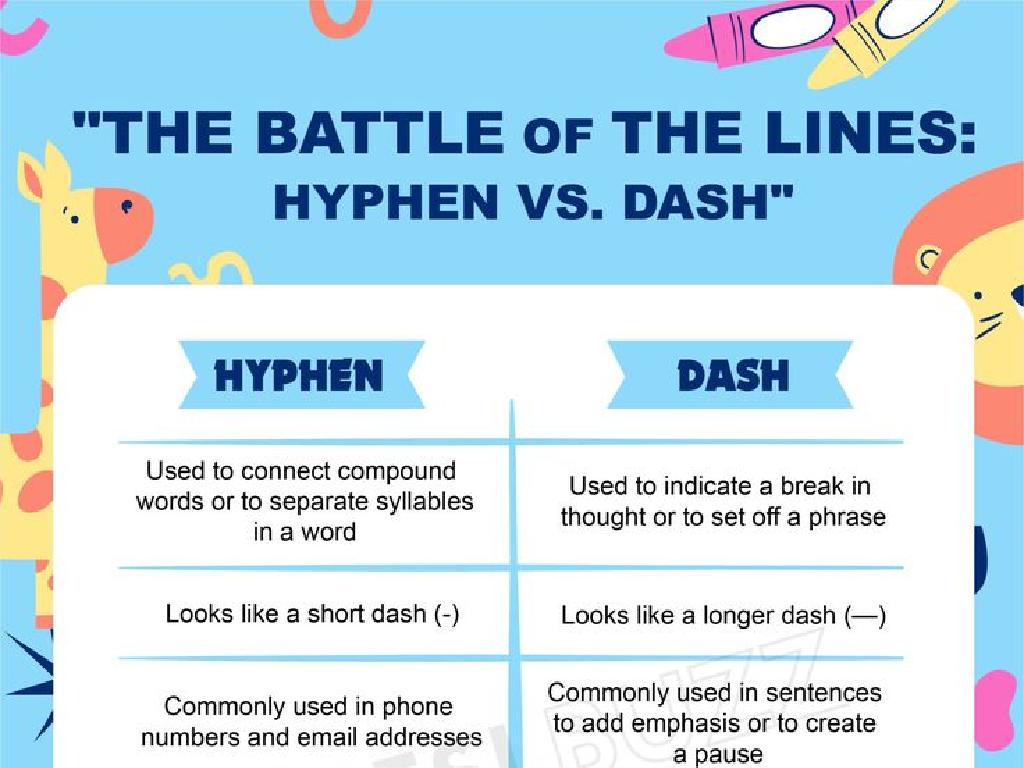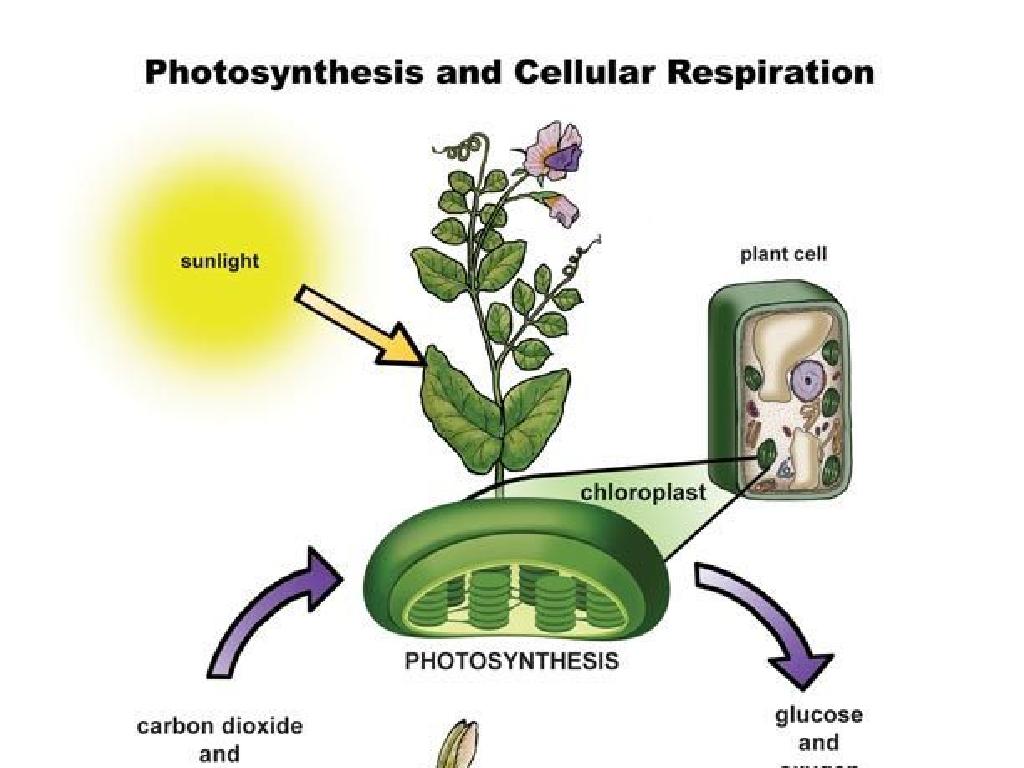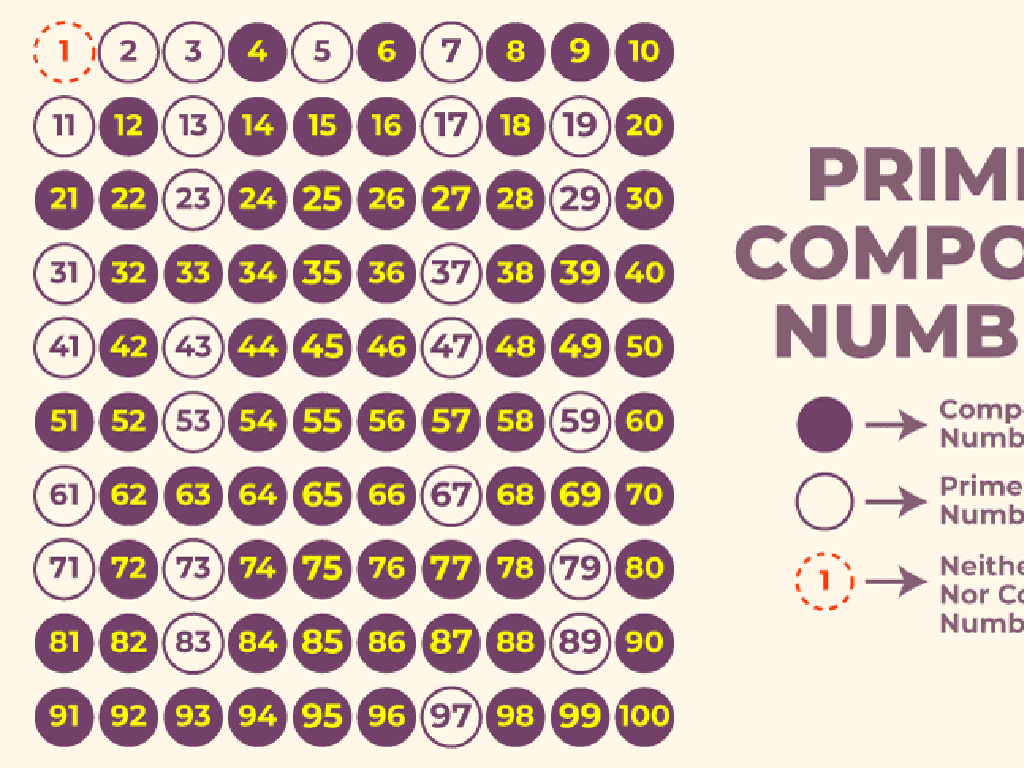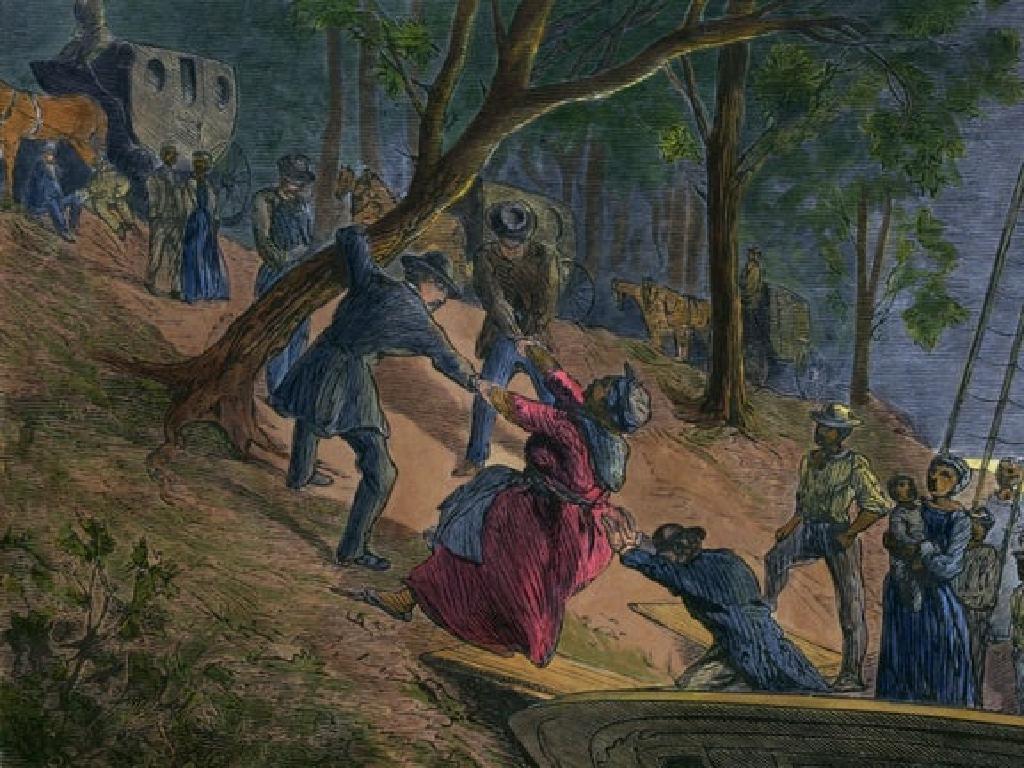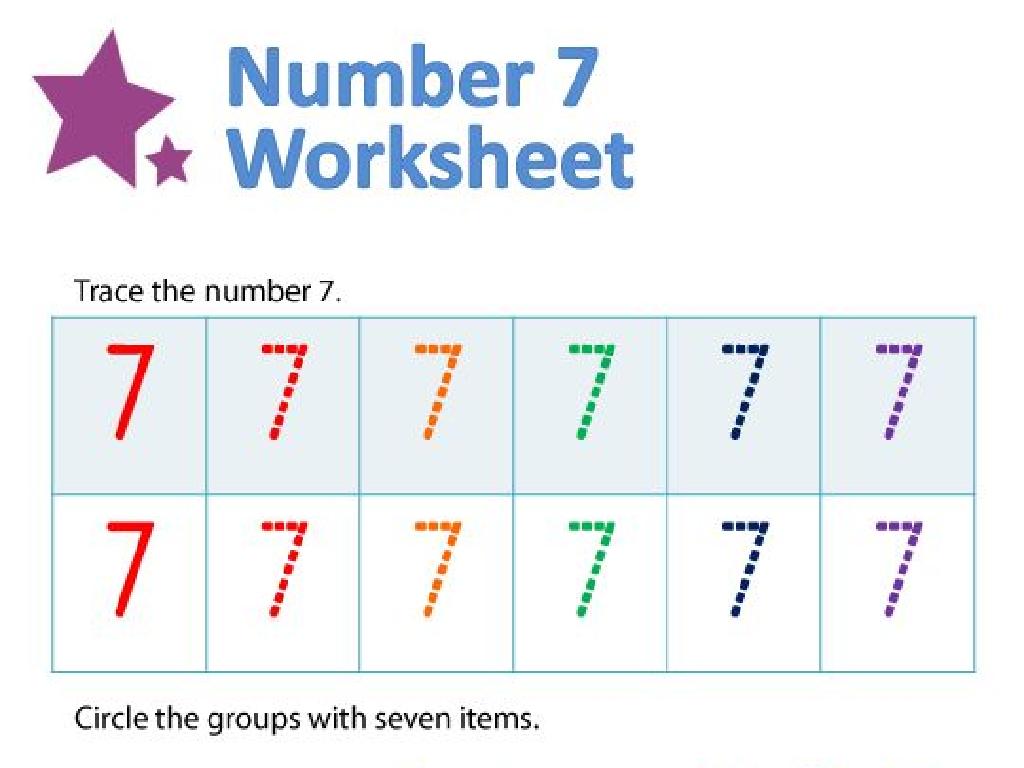Determine The Topic And Purpose Of Informational Passages
Subject: Language arts
Grade: Second grade
Topic: Topic And Purpose
Please LOG IN to download the presentation. Access is available to registered users only.
View More Content
Discovering Topics and Purposes in Informational Texts
– What are informational passages?
– Texts that give facts about real-world things
– Finding the topic in a passage
– The main subject or idea being discussed
– Understanding the purpose of a text
– The reason the author wrote the passage
– Why topics and purposes matter
|
This slide introduces second-grade students to the concept of informational passages, which are texts that provide factual information about the world. Emphasize that the topic of a passage is the main subject it talks about, like animals, weather, or places. The purpose is why the author wrote it, such as to explain how something works or to teach us about history. Understanding the topic and purpose helps students to better comprehend and remember what they read. Activities can include identifying topics and purposes in class readings or selecting a passage and discussing as a class what the topic is and why the author may have written it.
Understanding the Topic of a Passage
– What is a topic?
– The main idea or theme of a passage
– Topic is like a subject
– Similar to the subject of a talk or a book’s main idea
– Examples of topics
– Animals in the jungle, types of weather, planets in space
– Finding the topic
– Look for repeated words or ideas to discover the topic
|
This slide introduces the concept of ‘topic’ to second graders as the main idea or theme of a passage. It’s important to relate the topic to something familiar, like the subject of a conversation or the main idea of a book they like. Provide clear examples that are relevant and engaging for second graders, such as animals, weather, and space. Teach them to identify the topic by looking for repeated words or ideas in the text. Encourage them to think about what the author is trying to tell them about the topic. This will set the foundation for understanding the purpose of informational passages in subsequent lessons.
Finding the Topic of a Passage
– Look at titles and headings
– Titles and headings often hint at the main topic
– Notice repeated words or ideas
– Words or ideas that show up a lot are key to the topic
– Practice finding topics
– We’ll do a fun activity to spot topics in different passages
– Understand the passage’s purpose
– Knowing the topic helps us grasp what the passage is about
|
This slide is aimed at teaching second graders how to determine the topic of informational passages. Start by explaining that the title and headings of a passage are like clues that can help us guess what the passage will be about. Then, guide them to look for words or ideas that appear more than once, as these are often important to the topic. Engage the class in a practice activity where they work together to find the topic of a short passage. Emphasize that understanding the topic is the first step in grasping the passage’s purpose, which is what the author wants to tell us about the topic. Provide examples and encourage participation to make the activity interactive and enjoyable.
Understanding the Purpose of a Passage
– What does ‘Purpose’ mean?
Purpose is the reason why an author writes a passage.
– Types of passage purposes
Inform, persuade, or entertain are the main reasons.
– Examples of different purposes
Teaching about planets (inform), convincing to recycle (persuade), telling a funny story (entertain).
– Discovering the author’s intent
|
In this slide, we aim to help second-grade students grasp the concept of ‘purpose’ in the context of reading. The purpose is essentially the author’s reason for writing a passage. It’s important to convey that there are typically three main purposes: to inform, persuade, or entertain the reader. Provide clear examples for each, such as reading about planets to learn (inform), a poster about recycling (persuade), or a comic strip (entertain). Encourage students to think about what the author wants them to get from the passage. During class, you can have students practice by reading short passages and identifying the purpose with guidance.
Determining the Purpose of Passages
– Look for clues in the text
– Words help us guess why the author wrote it
– Facts vs. opinions vs. stories
– Facts are real, opinions are what someone thinks, stories are made up
– Practice determining purpose
– We’ll read a passage and decide its purpose together
– Group activity: Find the purpose
– Work with friends to find clues in passages
|
This slide is aimed at helping second-grade students understand how to determine the purpose of informational passages. Start by explaining that authors write passages with different purposes: to share facts, to tell a story, or to give an opinion. Teach students to look for specific words or phrases that signal the author’s intent. Use examples to illustrate the difference between factual writing, opinion-based writing, and storytelling. Engage the class in a group activity where they read a short passage and use context clues to determine its purpose. This interactive approach will help reinforce the concept and make the learning process enjoyable.
Exploring Topic and Purpose
– Read a passage as a class
– Find the topic and purpose together
– What is the passage about? Why was it written?
– Discuss the benefits of understanding
– Knowing topic and purpose improves comprehension
– Apply knowledge to new texts
– Use this skill to get better at reading!
|
This slide is designed to engage second-grade students in a group activity to enhance their understanding of informational texts. Start by reading a short passage together, ensuring that it is suitable for their reading level. After reading, guide the class to identify the main topic of the passage and the author’s purpose for writing it. Engage the students in a discussion about how identifying these elements helps in better understanding the text. Emphasize that knowing the topic gives us a general overview of what the text is about, while understanding the purpose helps us grasp the reason behind the text. Encourage students to apply this knowledge when they encounter new texts, which will aid in improving their reading comprehension skills.
Class Activity: Explorers of Information!
– Pair up and read a passage
– Detect the passage’s topic
– What is the main subject discussed?
– Determine the passage’s purpose
– Is the passage to inform, persuade, or entertain?
– Discuss findings with the class
|
This activity is designed to engage students in understanding informational texts by working in pairs to identify the topic and purpose of a passage. Provide a variety of short, age-appropriate informational texts for the pairs to choose from. Encourage them to look for key words or sentences that indicate what the passage is about (the topic) and why the author wrote it (the purpose). After reading, each pair will discuss their thoughts and present their findings to the class. This collaborative exercise not only reinforces comprehension skills but also promotes speaking and listening skills. Possible variations of the activity could include having different pairs read about different topics, using passages of varying complexity, or having students create posters summarizing their findings.
Conclusion: The Value of Identifying Topic and Purpose
– Importance of topic and purpose
Knowing the topic helps us understand what the text is about.
– Benefits across subjects
This skill helps us understand texts in science, history, and more!
– Becoming reading experts
We’ll use this skill to become better readers in our upcoming lessons.
– Reflect on what we’ve learned
|
As we wrap up our lesson, it’s crucial for students to understand why identifying the topic and purpose of a text is important. It’s not just about comprehension in Language Arts; this skill is transferable and will aid in understanding content across all subjects, such as science and social studies. Encourage students to see themselves as detectives, looking for clues in the text to determine what the author is trying to tell them. This will empower them to tackle new readings with confidence. For the next class, prepare interactive activities where students can practice this skill with various texts to reinforce their learning.

